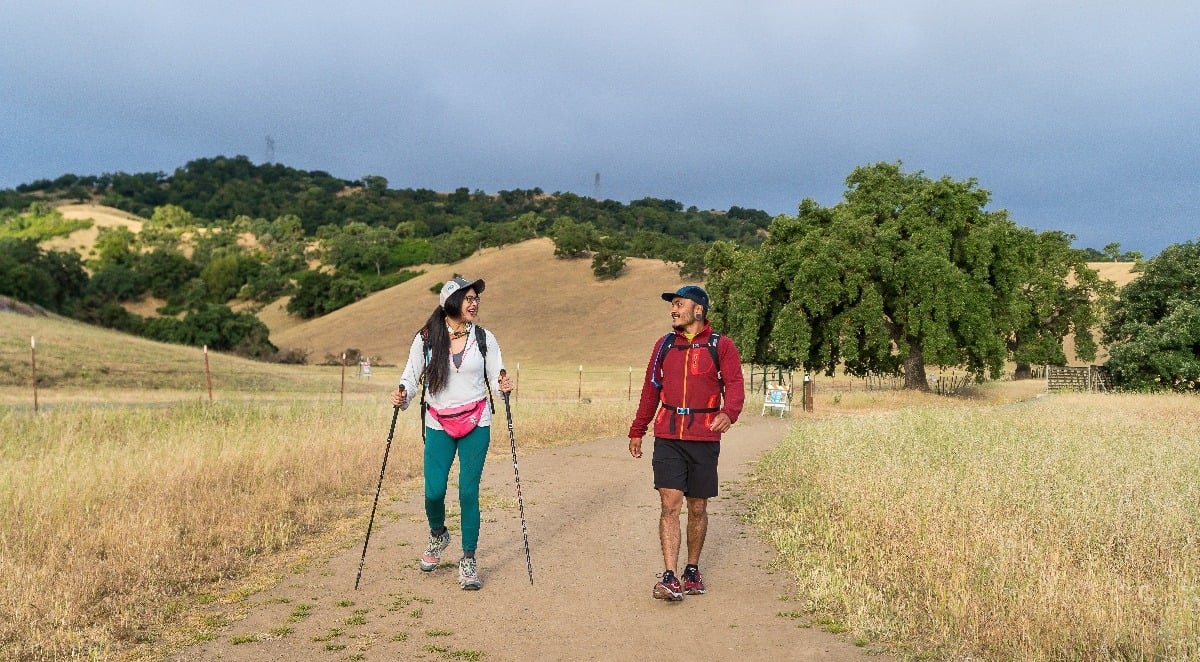Whether you’re a seasoned hiker or just starting out, it’s essential to prioritize safety and preparedness on the trail. In this blog post, we’ll cover everything from what gear to bring to how to handle emergencies in the wilderness. Let’s get started!
Spring Hiking Tips: What to Wear, What to Pack, and Where to Go
In spring, temperatures can fluctuate dramatically, so it’s crucial to dress in layers that you can easily add or remove as needed. Start with a moisture-wicking base layer, followed by insulating mid-layers like fleece or wool, and then top it off with a waterproof shell. Don’t forget to pack extra gloves, hats, and scarves in case of unexpected weather changes.
As for what to pack, make sure you have plenty of snacks and water, as well as sunscreen and insect repellent. It’s also smart to bring a map and compass, a first aid kit, and a whistle to signal for help if necessary. Some great places to hike in spring include Mount Tamalpais State Park in California, the Columbia River Gorge in Oregon, and the White Mountains in New Hampshire.
Summer Hiking Tips: Staying Hydrated, Avoiding Heat Exhaustion, and Protecting Your Skin
During the summer months, staying hydrated is key. Bring enough water for your entire trip, plus an additional 2-3 liters per person. You should also plan to take frequent breaks in shaded areas to avoid heat exhaustion. Sun protection is another important consideration, so don’t forget to wear a hat with a brim, apply sunscreen regularly, and bring sunglasses.
If you’re planning to hike in hotter climates, consider bringing a wet bandana or neck wrap to keep cool, as well as lightweight clothing made from breathable fabrics. And speaking of clothes, be sure to check for ticks after your hike, especially if you were walking through grassy or wooded areas.
Winter Hiking Tips: Dressing in Layers, Preventing Frostbite, and Choosing the Right Trail
When it comes to winter hiking, dressing in layers is critical. Start with a warm base layer, such as long underwear or a thermal shirt, followed by insulating layers like fleece or wool, and then finish with a windbreaker or rain jacket. Make sure to cover your head and hands too, as these are common spots for frostbite.
Choose trails carefully, opting for those without exposed ridges or summits where winds can pick up quickly. If possible, stick to lower elevations where there is less chance of snow or ice accumulation. Finally, always let someone know where you’re going and when you expect to return, just in case something goes wrong.
Hiking Safety and Preparedness: Essential Gear, First Aid Kits, and Survival Skills
No matter what time of year you’re hiking, it’s essential to be prepared for any situation. Here are some essentials you shouldn’t hit the trail without:
Proper footwear with good traction
A sturdy backpack to carry supplies
Plenty of water (see above)
High-energy snacks like nuts, dried fruit, or energy bars
A first aid kit including Band-Aids, antiseptic wipes, and pain relievers
Navigation tools like a map, compass, or GPS device
Whistle to call for help
Multi-tool or knife for cutting branches or repairing equipment
Fire starter (matches, lighter, or ferrocerium rod)
Emergency shelter like a tent or tarp
Extra clothing, including a warm hat and gloves
Remember, even experienced hikers can run into trouble on the trail. Knowing basic survival skills like building a fire, purifying water, and creating a makeshift shelter could mean the difference between life and death in extreme situations. Be prepared, stay alert, and enjoy the beauty of nature responsibly.






2 thoughts on “Hiking Safety and Preparedness: Essential Gear, First Aid Kits, and Survival Skills”
Comments are closed.